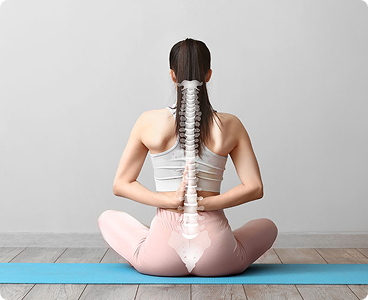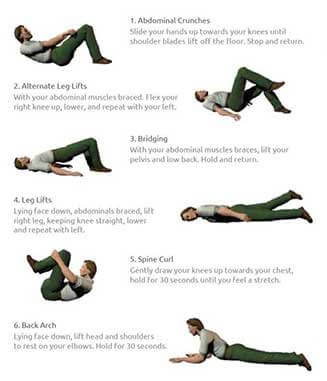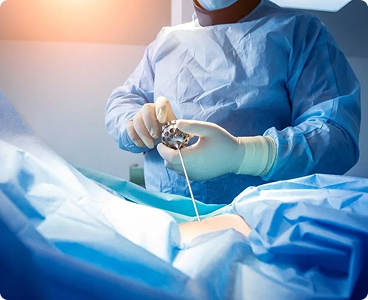
Spinal stenosis is the narrowing of spaces in the spine (backbone), which causes pressure on the spinal cord and nerves.
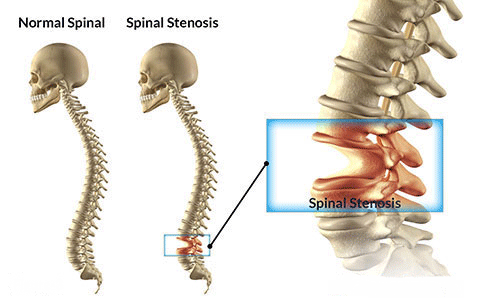
Symptoms of lumbar spine stenosis usually include leg pain (sciatica), numbness, tingling and/or burning. In severe cases, there may also be leg weakness. Low back pain may also be present, however the leg pain is usually more severe.
In lumbar stenosis, the spinal nerve roots in the lower back become compressed and this can produce symptoms of sciatica—tingling, weakness or numbness that radiates from the low back and into the buttocks and legs—especially with activity. For lumbar stenosis, flexing forward or sitting will open up the spinal canal by stretching the ligamentum flavum and will relieve the leg pain and other symptoms, but the symptoms will recur if the patient gets back into an upright posture. Numbness and tingling can accompany the pain, but true weakness is a rare symptom of spinal stenosis.
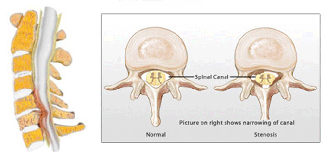
Spinal stenosis pain in the neck is called cervical spinal stenosis. This condition means that there is potential compression of the spinal cord. Unfortunately, the spinal cord compression can lead to serious problems such as extreme weakness, or even paralysis. With cervical stenosis, anyone who develops signs of spinal cord compression (myelopathy) may need more invasive treatment, such as surgery.
Thoracic stenosis can also occur, but is less common. The thoracic part of the spine is the middle/upper portion of the spine, and mainly consists of the vertebrae that are attached to the rib cage. This stable and strong part of the spine allows for minimal movement, which is why degenerative conditions such as spinal stenosis are less likely to develop.
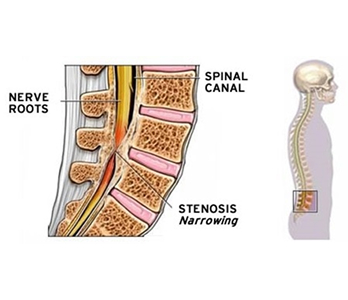
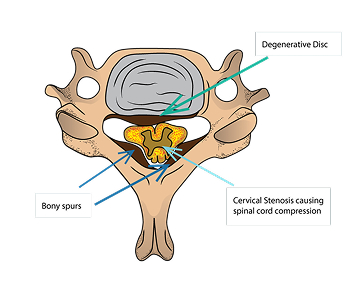
A suitable program of physical therapy and exercise is a component of almost every spinal stenosis treatment program. While the spinal stenosis exercises are not a cure, it is important for patients to remain active as tolerated and not become additionally debilitated from inactivity.
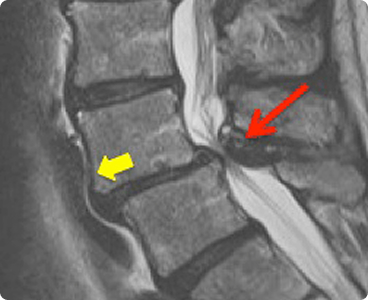
Patients are usually counseled to avoid activities that worsen their spinal stenosis symptoms. For lumbar stenosis, patients are typically more comfortable while flexed forward. For example, recommended activity modification might include walking while bent over and leaning on a walker or shopping cart instead of walking upright; stationary biking (leaning forward on the handlebars) instead of walking for exercise; sitting in a recliner instead of on a straight-back chair.
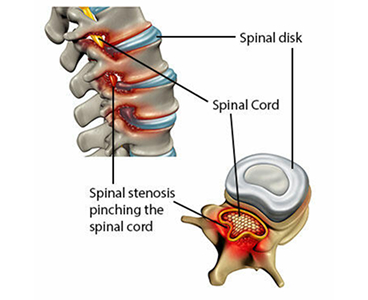
Before examining different exercises that may help with spinal stenosis, here are 5 important reasons to stay active:
